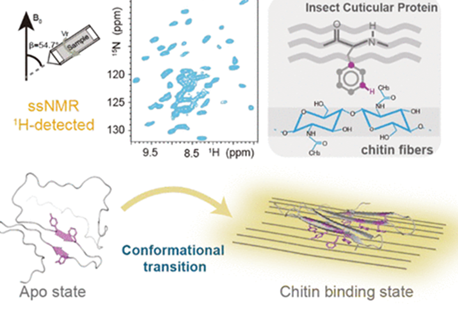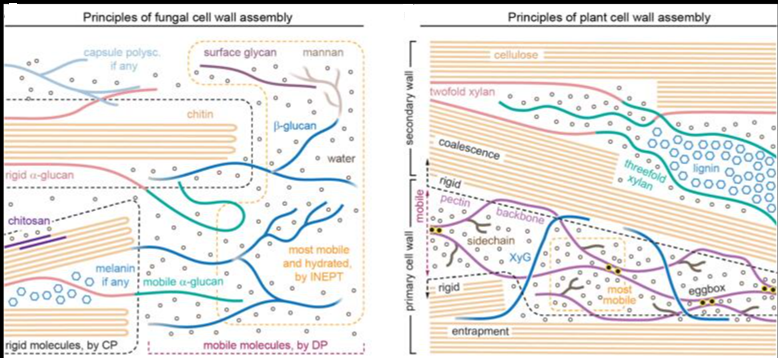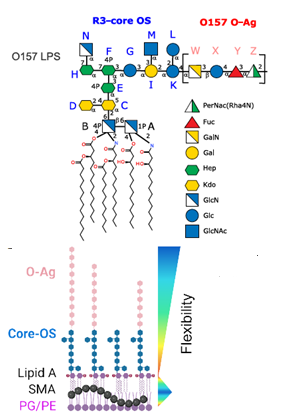/Disaccharides comprise two monosaccharide subunits joined by a glycosidic linkage in an α or β configuration. Different combinations of isomeric monosaccharide subunits and different glycosidic linkages result in different isomeric disaccharide products. Thus, directly discriminating these disaccharide isomers from a mixture is extremely difficult. In this paper, a hetero-octameric Mycobacterium smegmatis porin A (MspA) nanopore conjugated with a phenylboronic acid (PBA) adapter was applied for disaccharide sensing, with which three most widely known disaccharides in nature, including sucrose, lactose and maltose, were clearly discriminated. Besides, all six isomeric α-Dglucopyranosyl-D-fructoses, differing only in their glycosidic linkages, were well resolved. Assisted by a custom machine learning algorithm, a 0.99 discrimination accuracy is achieved. Nanopore discrimination of disaccharide isomers with different glycosidic linkages, which has never been previously demonstrated, is inspiring for nanopore saccharide sequencing. This sensing capacity was also applied in directly identifying isomaltulose additives in commercial sucrose-free yoghurt, from which isomaltulose, lactose and L-lactic acid were simultaneously detected.





